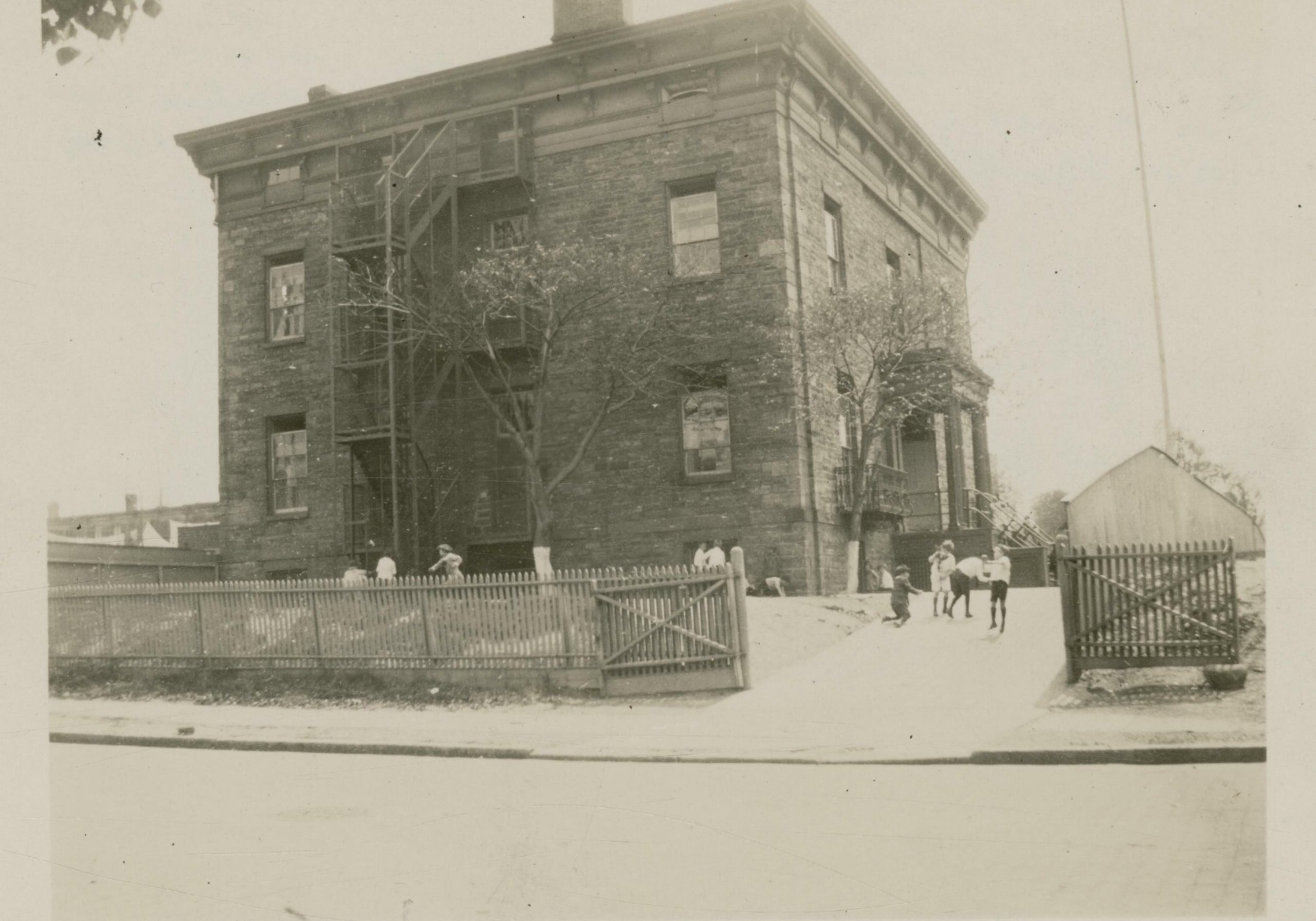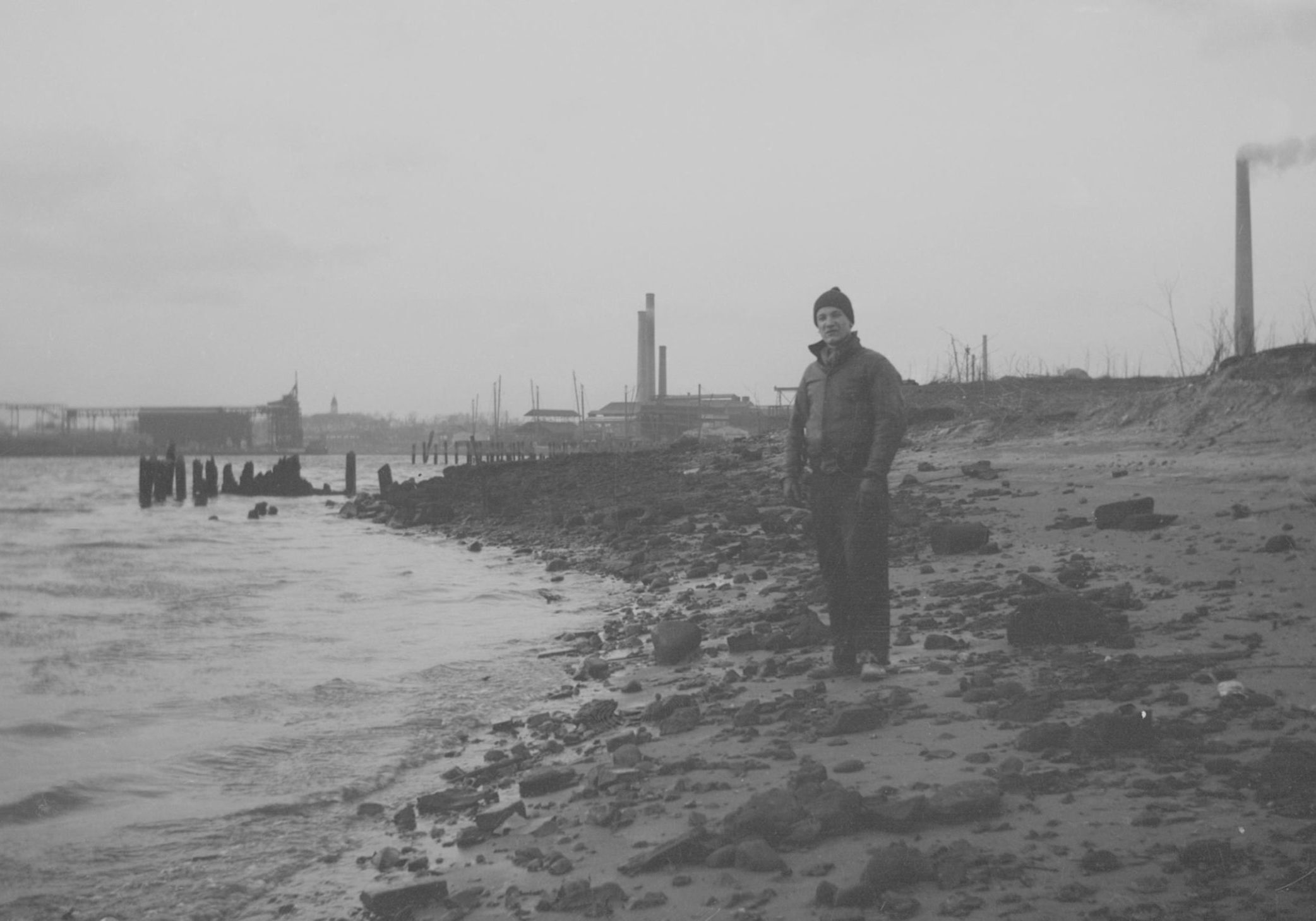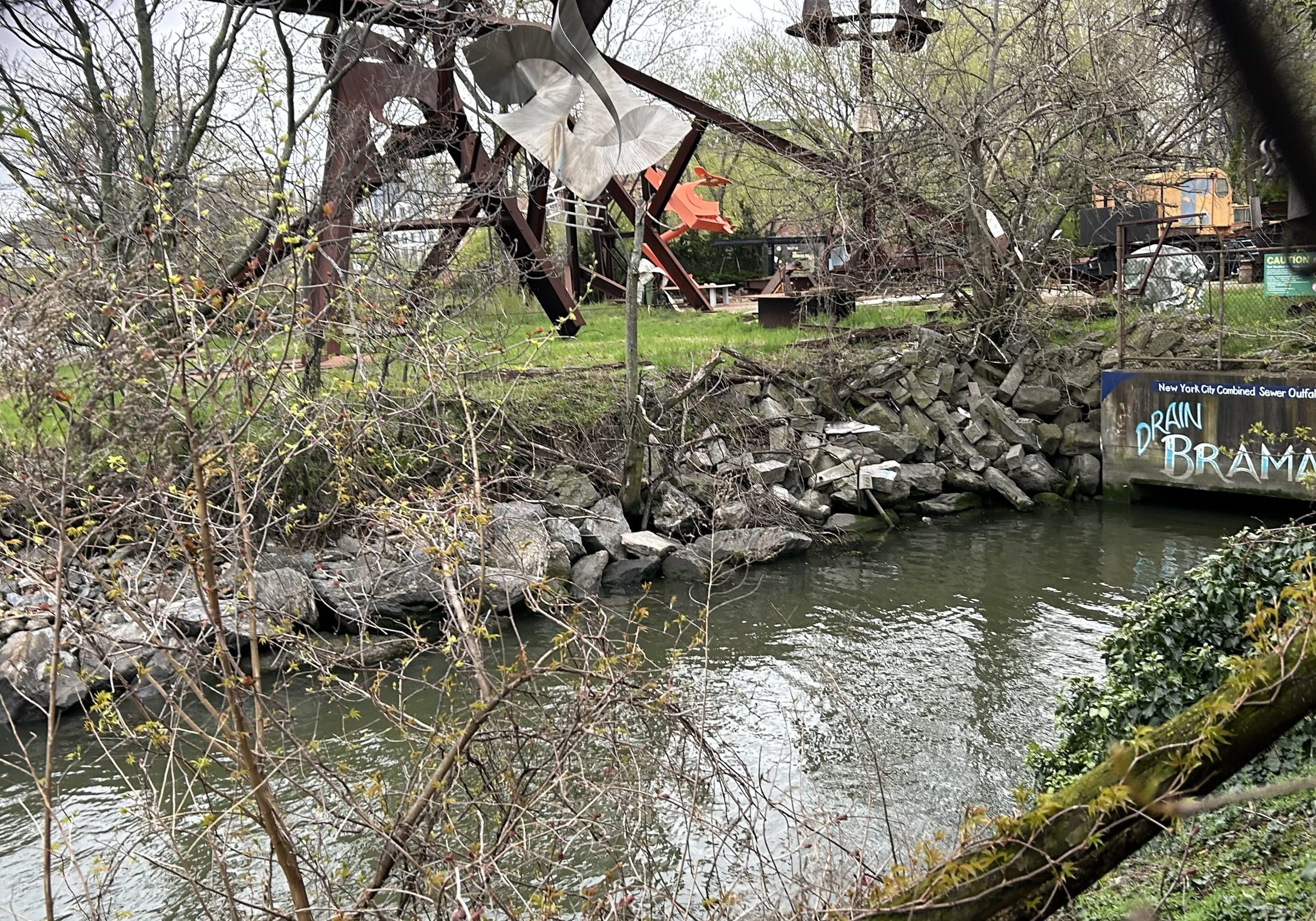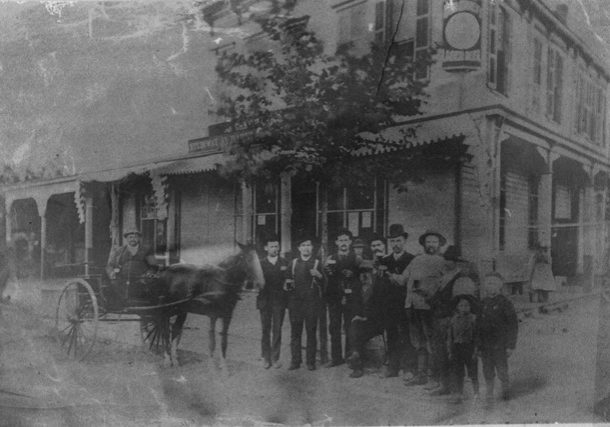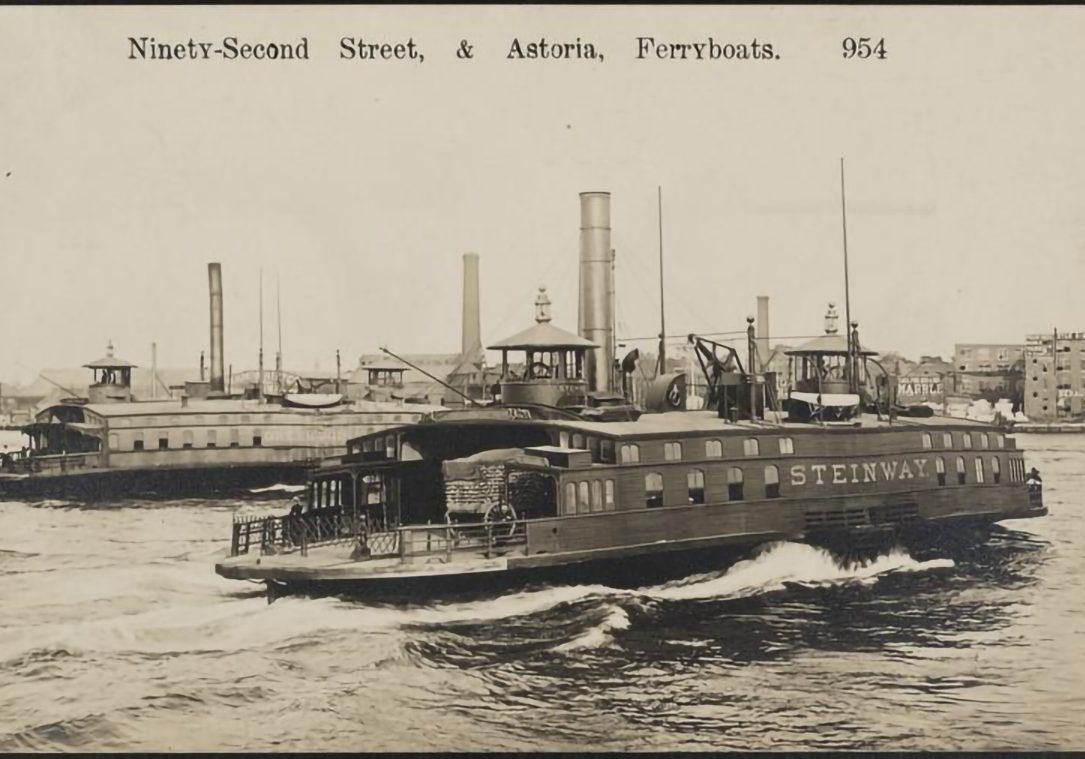The Personal Website as Job Search Game Changer: What To Say

So, now that I’ve convinced you WHY you should consider taking this step, I’m going to outline a few buckets of ideas for WHAT to actually put on the darn thing so that you can begin to organize your thoughts.
1. Your “So What”: Equate this to your summary on Linked In, or your slightly longer elevator pitch. Essentially, on a page like your homepage or your ‘about me’ page, you should have your ‘so what’. What’s your narrative that you want people to read? Assume they go to one page- what do you want it say? Consider including the following:
- Professional accomplishments
- Your unique WOWZA factor (for example, maybe you’re an event planner and your big thing is anticipating attendee’s needs before they even know they have the need)
- Major employers and your role there
- Jazz it up with a lil personality! Remember, you have your resume for formal lingo.
2. Portfolio: This is especially obvious if you’re a web designer or a photographer, but the rest of us in non-visual fields can also have a portfolio page with projects we’ve worked on. For example, I was a content developer for financial services conferences. If I were still in that role, I’d put thumbnails of all my brochure covers on this page and include a small description as a pop up. Brainstorm what your ‘portfolio’ page could look like- be creative, even if you yourself are not in a creative field!
3. Recommendations: If you have some on LinkedIn already, bring ‘em over! Ask former colleagues for a recommendation or if you run your own business, ask some clients and vendors. This could be a separate page to be easily accessible to the visitor to your site. Try and curate this page to include a good mixture of the skills you want to showcase- and you might even highlight that skills in a sub header on the site. Don’t forget to include soft skills that might be difficult to portray in a resume. Make a list and get going!
4. Link All Your Profiles: Ok, not all of them. We don’t need your Friendster account from 2002 or your personal Facebook page. Basically any professional network you belong to can be linked to on your site to show your involvement in your field or community. If you guest write, link to your work there, along with groups you’re in and your LinkedIn profile (or other professional social media sites).
5. Your Expertise: If you like to write and have the time to upkeep a blog (at least 2 posts a month), add a blog to your site! Showcase your professional voice. You can also repurpose these blogs and post them on “Pulse” on LinkedIn and link to your site to drive recruiters and people you want seeing your site TO your site. Also, link to past posts on industry blogs or guest blogs. If you own a business, maybe it or you were featured on a blog or website somewhere else. Aggregate that content and add it in if it’s relevant to your overall narrative.
6. Contact information. Yes, I’m serious. I can’t tell you how many people forget to put an email address and phone number! You might be skittish about putting your phone number on the web, and that’s ok. Look into getting a Google Voice account that doesn’t actually necessitate you putting your home number or mobile number on the web for all to see.
There are certainly other things worthy of consideration for adding to your site, but these are the biggies. Have questions about this concept? Want to learn more? Leave a comment in the space below or email me at Jill










